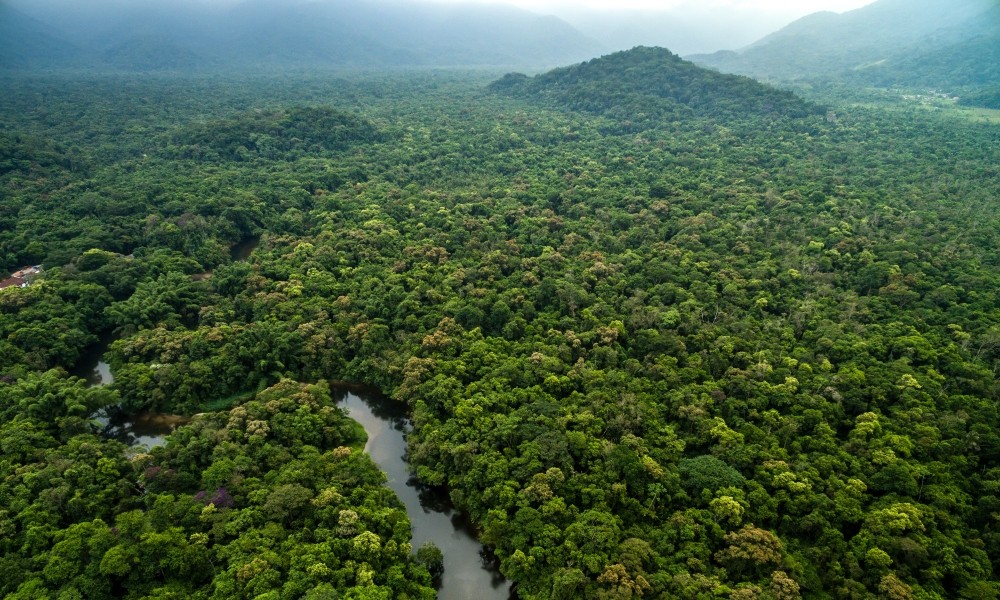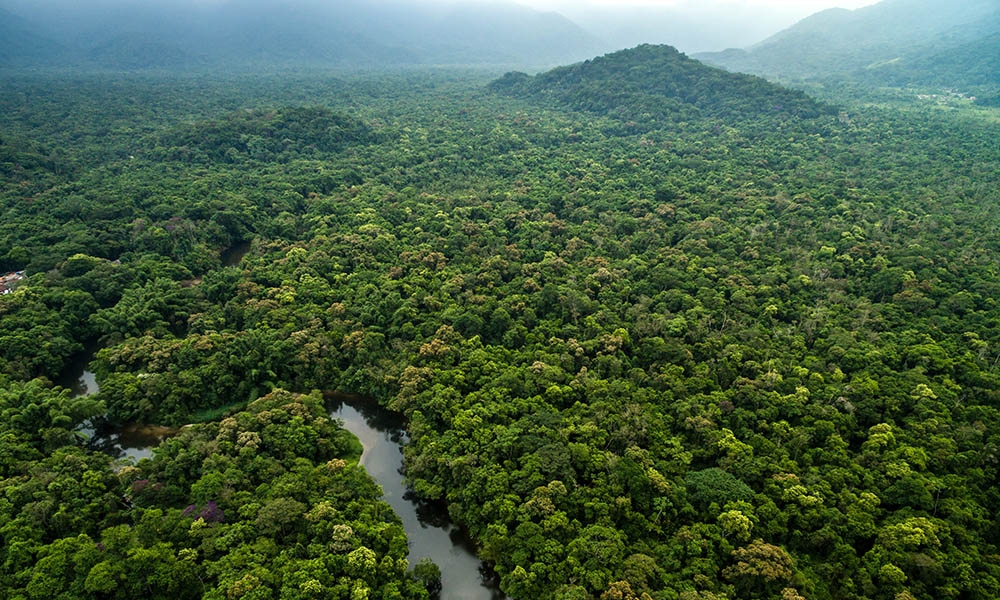How can Brazil reach Net Zero emissions?
This Sprint ran from February-September 2022.
More Sprints
- How can we deliver effective, equitable and place-based environmental governance?
- How can the UK implement the Global Biodiversity Framework’s finance goals?
- Can regenerative agriculture deliver nutritious food and a just food system?

The Challenges
There is a large mismatch between current climate ambition and climate policy implementation worldwide. In the Brazilian case, this policy gap usually drives the conversion of carbon rich biodiverse native ecosystems (the single largest source of emissions in the country) mainly for agricultural expansion.
Not only is this undermining the health and resilience of the Brazilian economy (for example, because ecosystem conversion compromises biodiversity, climate regulation, water supply and food security), it threatens the country’s international credibility (because it will prevent Brazil from meeting its climate and biodiversity pledges). Moreover, given that Brazil harbours >20% of the world’s species, ongoing ecosystem conversion threatens the integrity of the entire biosphere. Brazilian climate change policies have critical impacts both for Brazil and globally.
This Sprint considered how to achieve a credible pathway to Net Zero for Brazil. It took place during the run up to the Brazilian general election in October 2022, inspired by the need to push the new administration to provide an ambitious NDC for Brazil, and to provide support on defining the Net Zero strategy, as well as input into COP27 negotiations in November 2022. This Sprint explored the mitigation potential of key nature-based and engineered solutions in Brazil’s net zero pathway under locally meaningful policy scenarios.
The Solutions
Recommendations for policy makers:
- Increase ambition in Brazil’s climate pledges, aligning short and long-term goals.
- Strengthen existing legislations such as the Forest Code during this decade and go beyond them to avoid large-scale reliance on costly engineered solutions to reach net-zero GHG emissions.
- Enhance protection and restoration of Brazil’s native ecosystems, i.e. implement nature-based solutions.
The Pathway
This was a six-month science-to-policy Sprint which used Dr Soterroni’s existing land-use model for Brazil combined with another regional integrated assessment model from the Brazilian partner COPPE/UFRJ. These were used to demonstrate how different elements applied to this modeling approach covering all sectors of the economy would create an achievable and affordable net-zero pathway by around 2050. This pathway is regionally sensitive and would contribute to climate change mitigation, adaptation and resilience as well as biodiversity conservation. Demonstrating the model and its findings to stakeholders in Brazil and the UK enabled ongoing engagement.
What happened next
Results and policy implications were published in a prestigious paper which is now in the top-ten of most downloaded Global Change Biology articles.
Following this publication Dr Soterroni was seconded into a technical and advisory role in the SINAPSE project (Simulador Nacional de Politicas Setoriais e Emissoes) at the Brazilian Ministry for Science, Technology and Innovation. Colleagues from the Ministry confirmed that Dr Soterroni’s research findings contributed to the development of impact projections with detailed representation of national policies in the Land Use, Land-Use Change, and Forestry (LULUCF) sector under the SINAPSE MCTI framework. This is the Brazilian government’s official tool for projecting scenarios for the implementation of sectoral public policies and estimating potential greenhouse gas (GHG) emissions reductions, to achieve Brazil’s Nationally Determined Contribution (NDC) targets.
Dr Soterroni’s contributions contributed to the development of version 2.0 of the tool, and the next cycle of Brazil’s NDCs to the UNFCCC and the Long-Term Low Emissions Development Strategy (LT-LEDS).










